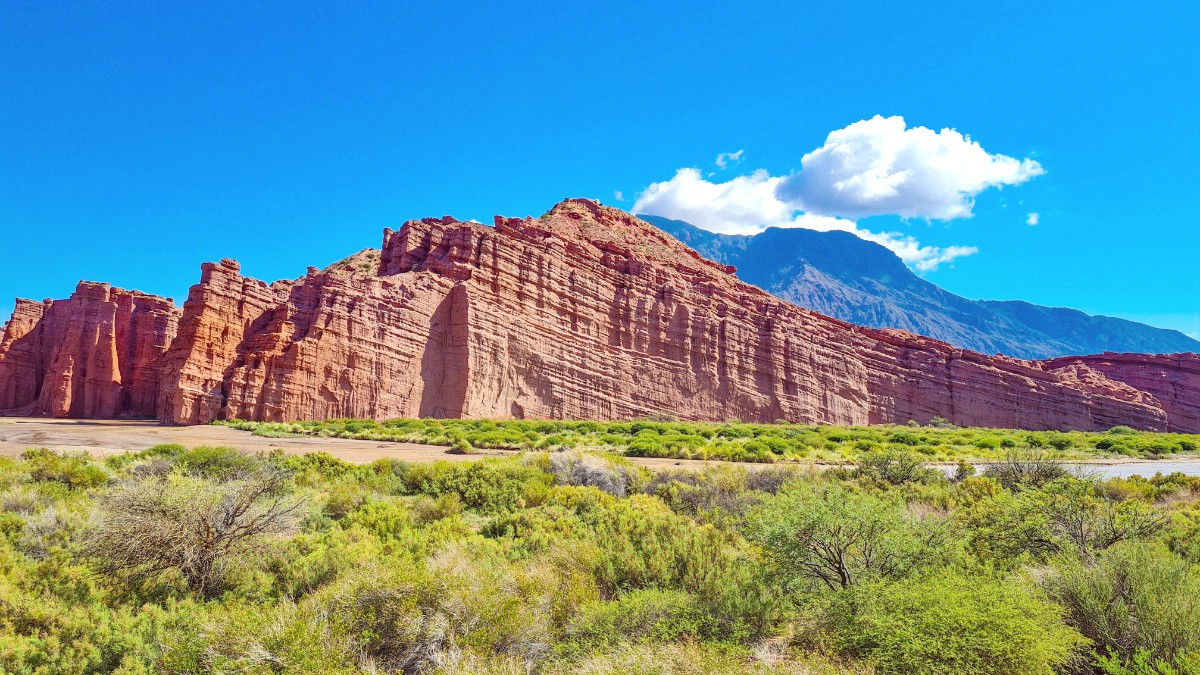
Northwest Argentina, Argentina
Several accessible locations near Cafayate offer opportunities for day trips, each showing a different facet of the region’s beauty and culture.
Quebrada de las Conchas, San Carlos, Molinos and Seclantás, and Amaicha del Valle including Ruinas de Quilmes. Each destination offers a distinct experience.
Decide between a structured tour or personal exploration.
Organized tours are convenient, especially if you do not wish to drive. They include guidance from knowledgeable locals and handle transportation logistics.
Independent travel offers maximum freedom to explore at your own pace, stopping where you choose. This is ideal for immersion.
Cafayate's stunning natural surroundings offer ample opportunities for outdoor experiences.
The Quebrada de las Conchas is a designated Natural Monument. Los Cardones National Park, northwest of Salta, showcases vast cacti fields, part of a wider regional itinerary.
The Quebrada de las Conchas is a natural attraction. Its dramatic red rock formations sculpt landscapes. The wider Valles Calchaquíes region presents continuous panoramic views.
Cafayate sits in a mountainous, arid valley. No beaches here. Rural areas show vineyards and dry scrubland, extending into mountain ranges.
This natural monument features incredible red rock formations, including El Amphitheatre, La Garganta del Diablo, Los Castillos, and El Sapo. It is an open-air geological museum.
The Quebrada's unique colors and formations are spectacular year-round. The intensity of hues changes with the sun's angle, making each visit different.
Beyond Cafayate’s immediate charm, surrounding areas invite cultural and historical immersion.
The Ruinas de Quilmes are significant pre-Inca archaeological ruins located south of Cafayate. These offer a look into ancient civilizations.
Villages like San Carlos, Molinos, Seclantás, and Amaicha del Valle offer genuine rural experiences. They keep traditional crafts alive.
Historic estancias in the Valles Calchaquíes range from working farms to charming guesthouses. They share insights into colonial and modern agricultural traditions.
Rural villages emphasize traditional practices. This includes hand weaving and other artisan crafts passed through generations, to their identity.
Pilgrimage sites are not a main feature of the Cafayate area itself. Churches exist in every town, but generally do not serve as major pilgrimage destinations for tourists.
Small local churches are present in all villages, offering glimpses into regional religious life.
Many churches hold historical value, reflecting colonial influence and local traditions.
These sites contribute to the cultural landscape, inviting quiet reflection.
Cafayate fits well into longer itineraries exploring the broader Northwest Argentina region.
Explore colonial architecture, MAAM museum, Cerro San Bernardo cable car, and evening peñas for folk music.
Dramatic drive along Ruta Provincial 33 and Ruta Nacional 40, through Cuesta del Obispo and Los Cardones National Park.
Extend north into Jujuy. Visit Purmamarca, Tilcara (Pucará fortress), and Humahuaca. UNESCO World Heritage site.
Fly into Buenos Aires (1-2 days). Fly to Salta (3-4 days, city & optional Humahuaca). Drive Salta to Cachi (1-2 days). Continue south on Ruta 40 to Molinos/Seclantás (1 day). Proceed to Cafayate (2-3 days). Return to Salta via Quebrada de las Conchas.
If self-driving, download offline maps and keep your fuel tank full. Gas stations can be sparse in remote areas. This route offers a full experience of the region’s landscapes and cultures.
Optional extension to Jujuy's Quebrada de Humahuaca (2-3 days), which can be done either before or after the Salta-Cafayate loop.